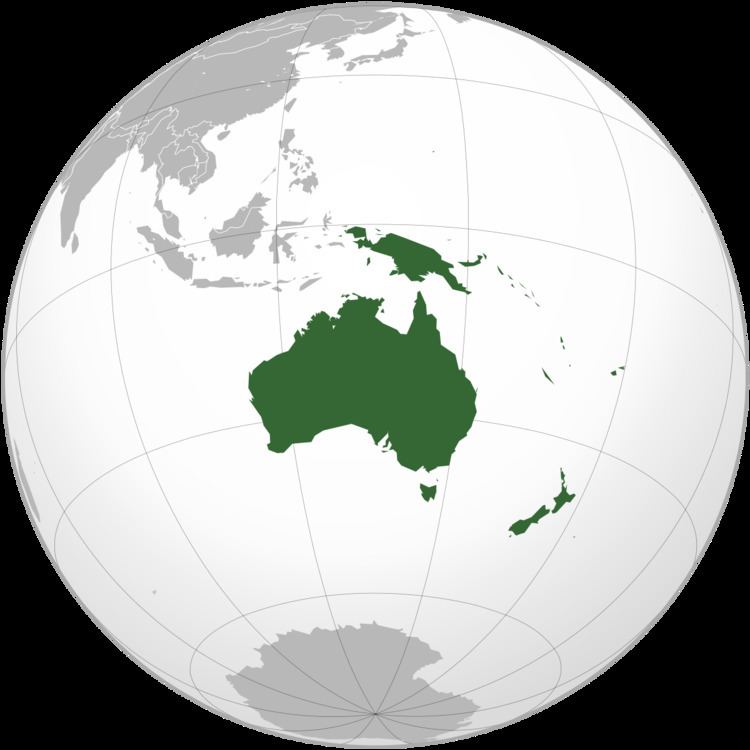 | ||
Obesity in the Pacific is a growing health concern with health officials stating that it is one of the leading causes of preventable deaths in the Pacific Rim. According to Forbes, Pacific island nations and associated states make up the top seven on a 2007 list of heaviest countries, and eight of the top ten. In all these cases, more than 70% of citizens age 15 and over are obese.
Reasons for this issue include mining operations that have left not much arable land; as a result, much of the local diet is of processed, calorie-dense, imported food such as Spam or corned beef, rather than fresh fish, fruit and vegetables. In addition, cultural factors have been blamed, such as associating a large body size with wealth and power, or changing ways of living, with children leading more sedentary lives.
The problem is leading to increased levels of illness, including diabetes and heart diseases. In the Marshall Islands in 2008 there were 8,000 cases of diabetes in a population of only 53,000. In Fiji, strokes used to be rare in the under 50s, whilst doctors reported that they had become common amongst patients in their 20s and 30s.
The problems are not confined to the small island nations, with Kuwait appearing 8th on the list, United States 9th, New Zealand 17th, and Australia 21st. In Australia, ambulances have been redesigned and equipped with heavier stretchers and larger wheelchairs to take account of the increased weight of the patients they carry.
